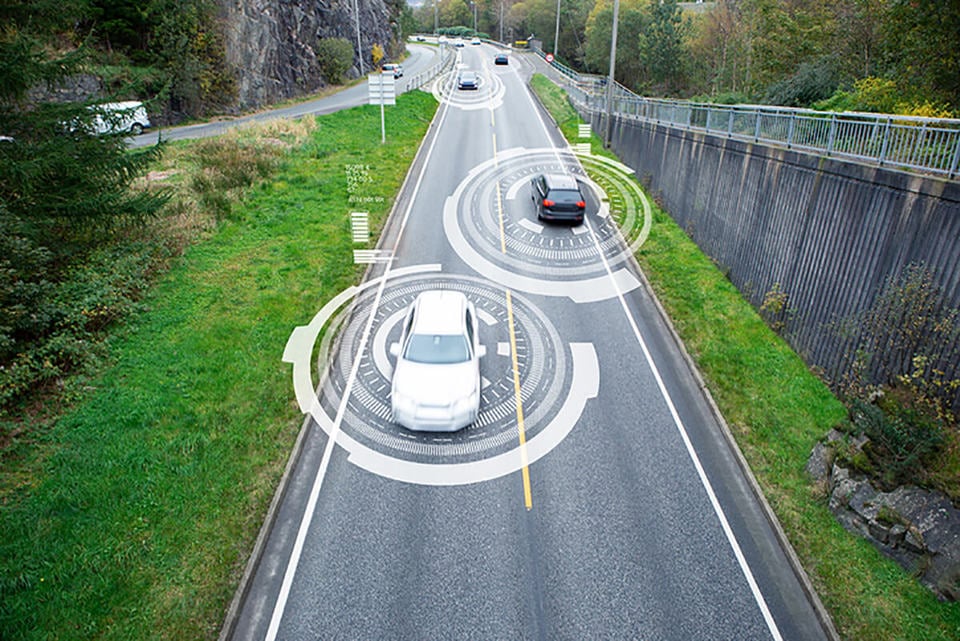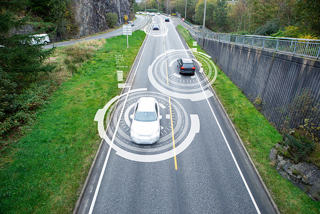The European Automobile Manufacturers’ Association (ACEA) is calling on the European Commission to focus on the most effective vehicle safety measures before it publishes its proposal on the revision of the General Safety Regulation this May.
Over the past few decades, passive safety systems – reducing the impact of an accident or the level of injury – have made a major contribution to road safety.
Now, active safety measures – those that can even prevent accidents from happening at all – offer a huge potential to further improve the situation, for example by automatically intervening when a driver fails to react in time.
“It goes without saying that our industry is a strong supporter of further reducing road causalities,” stated ACEA Secretary General, Erik Jonnaert. “We therefore welcome the initiative to revise the safety regulations.”
ACEA says its members are open to expanding important safety features, such as the requirement that all new car types come equipped with autonomous emergency braking systems or lane departure warning.
“What is needed is an EU road safety policy that prioritises measures which deliver the most optimal results, while also being the most cost-effective,” said Jonnaert. “EU auto makers want to invest in the most effective solutions. We are therefore calling for detailed cost-benefit analyses and proper impact assessments for all measures under consideration.”
To support these recommendations and to assess the potential of the different safety measures under consideration, ACEA used the results of a detailed analysis of accident statistics carried out by the Transport Research Laboratory (TRL) and Centre Européen d’Etudes de Sécurité et d’Analyse des Risques (CEESAR).
Jonnaert said: “Notwithstanding the great potential of vehicle safety technologies, an integrated approach is also needed, combining new technology with improved road infrastructure and safer driver behaviour. ACEA is committed to work with relevant stakeholders to make further progress in these areas.”






















Login to comment
Comments
No comments have been made yet.